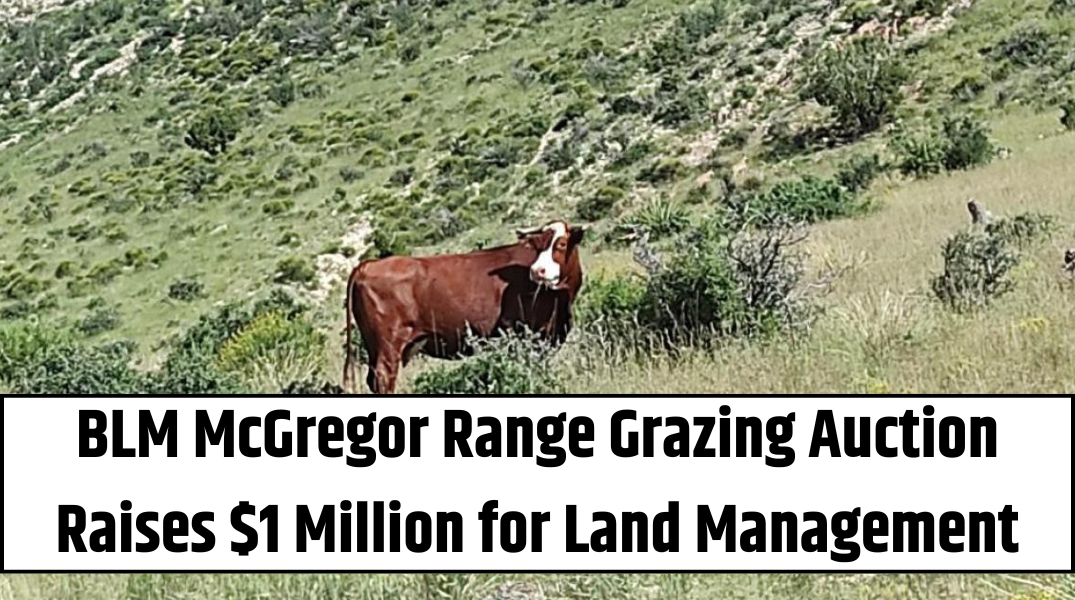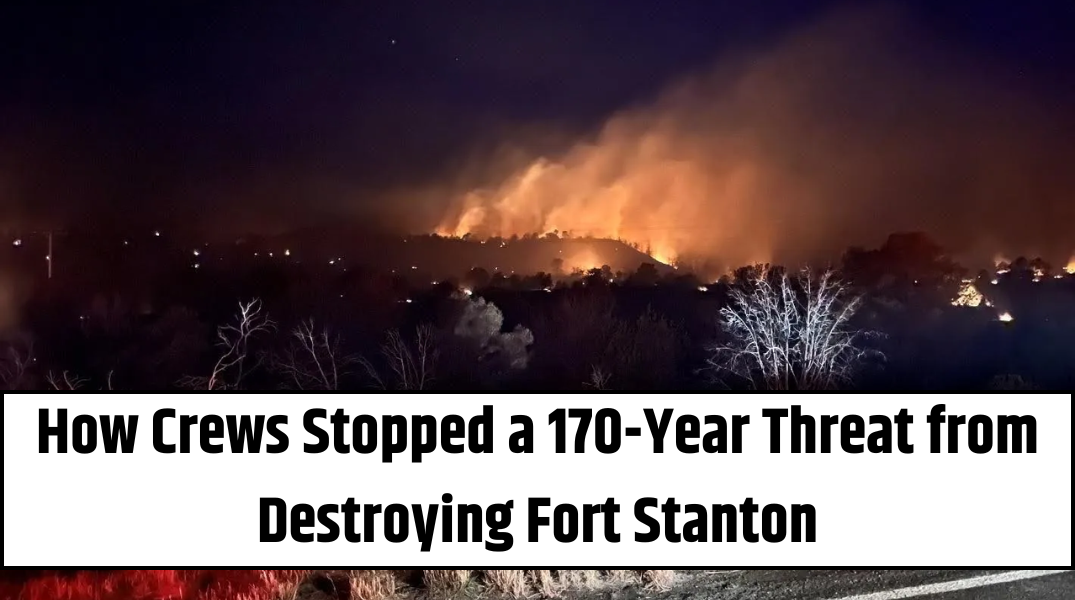LAS CRUCES, N.M. — The Bureau of Land Management (BLM) recently concluded an auction of eight grazing units located within the McGregor Range, successfully generating $1,051,726 in revenue to support range management, maintenance, and improvements. The auction, conducted by the BLM Las Cruces District, highlighted the ongoing partnership between public land management and local ranching operations in southern New Mexico.
On average, the grazing units sold for $71 per forage unit, reflecting both the value of high-quality grazing land and the careful oversight of the BLM in balancing agricultural use with military training requirements. A forage unit is defined as the quantity of grassland sufficient to sustain one cow and her calf for an entire month. The recently auctioned units accounted for a total of 14,116 forage units, providing ranchers with access to significant grazing resources across the McGregor Range.
The grazing terms varied depending on the specific unit. Some units offered grazing rights for nine months, others for 11 months, while three units were bundled together to provide a total of 23 months of grazing access. These variations reflect the BLM’s efforts to manage the range in alignment with environmental considerations and the complex schedules of military training exercises conducted on the property.
A Shared Responsibility: Military and Civilian Management
The McGregor Range encompasses more than 606,000 acres of land situated on the western edge of Otero Mesa, stretching between Alamogordo, New Mexico, and El Paso, Texas. This extensive expanse of grasslands serves multiple purposes, supporting both agricultural operations and critical military training exercises. The area is jointly managed by the BLM and the U.S. Army under provisions outlined in the Military Lands Withdrawal Act of 1999, as well as the 2006 McGregor Range Resource Management Plan.
This dual-use approach requires careful coordination. Grazing schedules must be aligned with military training exercises to ensure safety and minimize disruptions for ranchers. “We work closely with military personnel to ensure that both agricultural and training needs are met in a safe and sustainable manner,” said a BLM official overseeing the auction process. The partnership demonstrates a model of shared stewardship, where multiple stakeholders can benefit from a single public land resource without compromising environmental or operational priorities.
Also Read – How Crews Stopped a 170-Year Threat from Destroying Fort Stanton
Supporting Local Ranching Communities
The BLM Las Cruces District manages the auctioned grazing units, providing oversight, guidance, and logistical support to ranchers using public lands. Rangeland management specialists play a vital role in maintaining these areas, performing tasks such as repairing fences, monitoring grass and soil health, controlling invasive species, and implementing improvements to support sustainable grazing practices.
For ranchers, access to public grazing lands is a critical component of their operations, helping to sustain livestock herds during periods when private pastures may not provide sufficient forage. “These auctions allow us to plan for the year ahead,” said one local rancher who participated in the recent sale. “Knowing we have access to BLM grazing units gives us confidence in feeding our livestock while maintaining sustainable practices.”
The BLM emphasizes that these grazing programs are not only about livestock production but also about maintaining the ecological health of public lands. Properly managed grazing helps prevent overgrowth of brush, promotes native grasses, and reduces the risk of wildfires. Funds generated from grazing fees are reinvested directly into the land, supporting infrastructure improvements, habitat restoration, and other range management projects.
Economic Impact and Land Stewardship
The recent auction demonstrates the economic value of public lands for local agricultural communities. With more than $1 million raised from the sale, the BLM can continue to invest in range improvements, ensuring that the McGregor Range remains productive and sustainable for future generations of ranchers and for military use.
BLM officials note that the funds contribute to a wide range of activities, including maintenance of water systems, repair of roads and trails, fencing, and soil and vegetation monitoring. By integrating economic activity with environmental stewardship, the BLM promotes a model in which public lands provide both tangible benefits to local communities and long-term ecological sustainability.
Cloudcroft Fall Forecast: Vibrant Leaves and New Business Buzz
Looking Ahead
As the McGregor Range continues to support both livestock grazing and military training, BLM representatives stress the importance of continued collaboration among all stakeholders. The agency encourages ranchers to participate in upcoming auctions and to engage with rangeland management specialists to ensure responsible use of the land.
For those interested in future grazing opportunities, additional information and guidance can be obtained through BLM Range Clerk Andrea Pacheco via email at alpacheco@blm.gov or by phone at 575-525-4328.
The McGregor Range grazing program serves as an example of how public land management can balance multiple priorities, providing economic resources for local communities while preserving natural habitats and accommodating military needs. By combining sustainable grazing practices with ongoing maintenance and improvement projects, the BLM demonstrates a commitment to responsible stewardship of some of New Mexico’s most valuable public lands.




